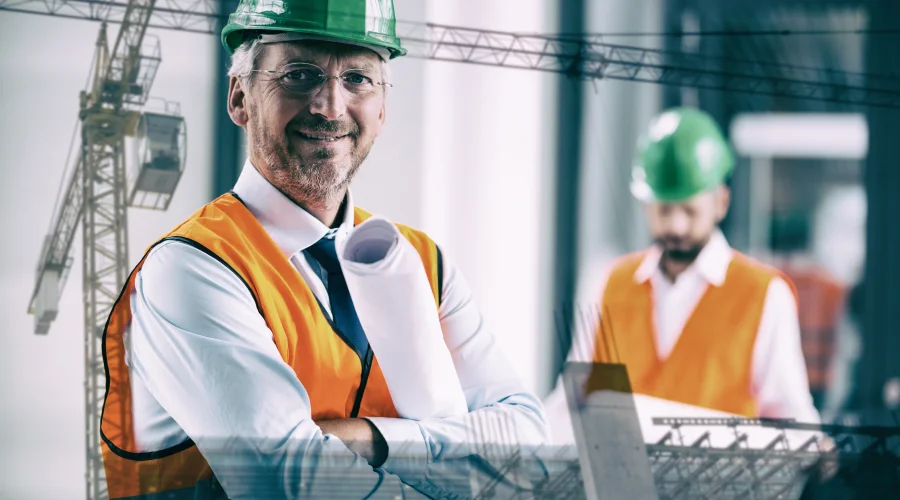
The term “Digital Twin” may be unfamiliar to many, but it refers to a digital or virtual copy of a physical entity. While a Digital Twin can be a BIM Model, it is a broader concept that goes beyond simply replicating a physical asset with its properties at a certain level of detail.
A Digital Twin is closely connected with the physical world and has a “digital thread” that collects real-world information through sensors, drones, lasers, and other wireless technology. The twin gathers data from multiple sources like analytics, algorithms, and artificial intelligence to continuously gain insights about the performance, operation, or efficiency of a project, whether it is built or in progress.
This technology is an evolution of modeling that utilizes 3D simulation, artificial intelligence, and cloud computing to go beyond simulation and help users understand what is happening in the real world. Real-time reporting is one of its greatest advantages, as it allows for simulations and hypothetical scenarios to be considered before resources are invested in a new project.
What includes in Digital Twin?
Having established a basic understanding of the concept of Digital Twin in the context of the built environment, it is important to note that it creates a precise digital replica of a physical entity. In construction, each step of the construction cycle is recorded, resulting in a vast amount of data that is packed into each instance. This packed data comprises a range of elements, including BIM models, 2D models and drawings, schedules, contracts, construction documents such as submittals, change orders, RFIs, as well as operational data collected by embedded sensors, and data generated by Artificial Intelligence.
Application of Digital Twin
With the advancement of technology, the design and built environment have taken a leap towards monitoring and tracking the progress of the asset lifecycle. Digital Twin, a concept that has proliferated with the rise of new technologies, has promising applications in this field. It creates an exact digital replica of a physical entity, and its use in the construction industry has significantly increased the level of detail and precision.
The Digital Twin can recreate a building digitally before its actual construction, allowing for better design decisions. It is also useful for building modifications, operation, and facility maintenance after the project is completed. The three main elements of the Digital Twin are the physical entity, the data (digital thread), and the virtual model.
Facility managers, architects, engineers, developers, builders, and owners are the primary users and beneficiaries of the Digital Twin concept. They can leverage the digital twin for visualization, documentation, adherence to codes, modeling, analysis, progress tracking, and planning. It enables project teams to track and optimize the efficiency of the building in real-time, predict potential failures in building systems, conduct high-fidelity simulations, and predict data like cost forecast, energy demand, traffic congestion, and weather forecast.
The digital twin concept brings several advantages to the design and built environment. It enables effective communication of data, leading to more precise and intelligent decision-making. It also ensures safety and security, prevents serious accidents and damages, and saves a lot of time, costs, and expensive shutdowns. With the digital twin, professionals can manage the operation of the asset effectively, inter-dependently and act in unison with simulation data.
Challenges
Although Digital Twin has the potential to offer many advantages in the design and built environment, there are also challenges to its successful implementation. The adoption of Digital Twin necessitates a variety of technologies and software, which is a difficult task. Firstly, there is a time and cost investment involved in creating and managing a Digital Twin. Secondly, even if assets are built, it is challenging to gather and maintain the information consistently so that it can be utilized effectively. Thirdly, until the Digital Twin concept is fully embraced, owners and contractors may struggle to understand and appreciate how it is enhancing operation and maintenance.

